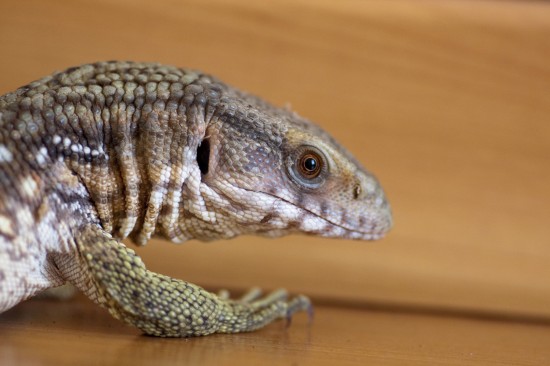
In 1952 Elfreda Evans deliberately bred a Shih Tzu to a
Pekingese. This was the “unthinkable,” and was not taken well by
many. However, Ms. Evans felt there were just too few Shih Tzus
available to breed and those that were available were much too
large and too inbred. She believed because the Shih Tzu were so
closely related they were developing too many faults.
One of the greatest moments in Shih Tzu history was in 1963. A
Shih Tzu named Champion Ellingham Kala Nag won Best of Breed at
Crufts, the most renowned and respected dog show in the United
Kingdom. The Shih Tzu began winning hearts all around the world.
In spite of its appeal the Shih Tzu was not accepted as a
distinct breed by the American Kennel Club until 1955. It was
then listed in the Miscellaneous Class. By 1964 there were
approximately 400 Shih Tzus registered in the United States.
Although much progress had been made, the Pekingese cross did
seem to causes a setback for Shih Tzu recognition in the United
States. The American Kennel Club would not recognize any of the
descendants of the Shih Tzu/Pekingese outcross as purebred Shih
Tzu until they were at least four generations removed from the
original Shih Tzu/Pekingese mating. We do know, however, that by
1966 there were 15 registered Shih Tzu champions in the United
Kingdom that were descendants of Mrs. Evans’ Shih Tzu/Pekingese
cross.
By 1980 the Shih Tzu population were into the thousands and Shih
Tzus were being exported to many countries around the world. In
1989 the American Shih Tzu Club developed a more descriptive
standard to guide Shih Tzu breeders. Today, in the United
States, the Shih Tzu ranks among the ten most popular breeds.
It seems as though the Shih Tzu’s fight for survival is finally
over……
 Saint Bernard Dog Hereditary Health And Health Testing
Saint Bernard Dog
Saint Bernard Dog Hereditary Health And Health Testing
Saint Bernard Dog
 Eight Misleading Myths That Can Lead To Reluctance To Spay Or Neuter
Eight Misleading
Eight Misleading Myths That Can Lead To Reluctance To Spay Or Neuter
Eight Misleading
 designer Or hybrid Dogs- What Are They?
designer Or hybri
designer Or hybrid Dogs- What Are They?
designer Or hybri
 Keeping A Monitor Lizard
Keeping A Monitor
Keeping A Monitor Lizard
Keeping A Monitor
 Lazy Dogs - The Five Laziest Dog Breeds
Lazy Dogs - The F
Lazy Dogs - The Five Laziest Dog Breeds
Lazy Dogs - The F
Copyright © 2005-2016 Pet Information All Rights Reserved
Contact us: www162date@outlook.com